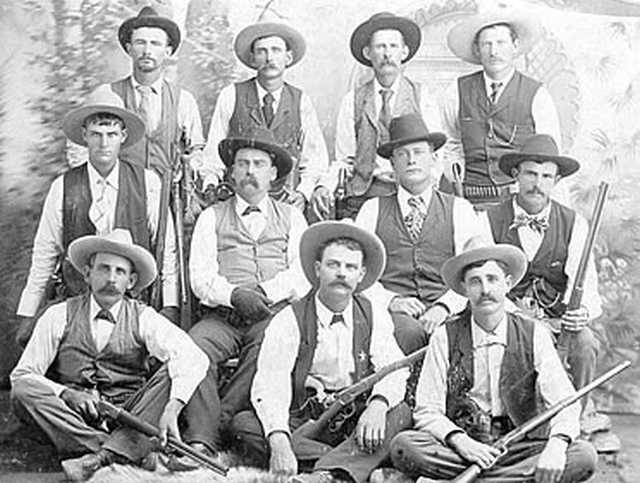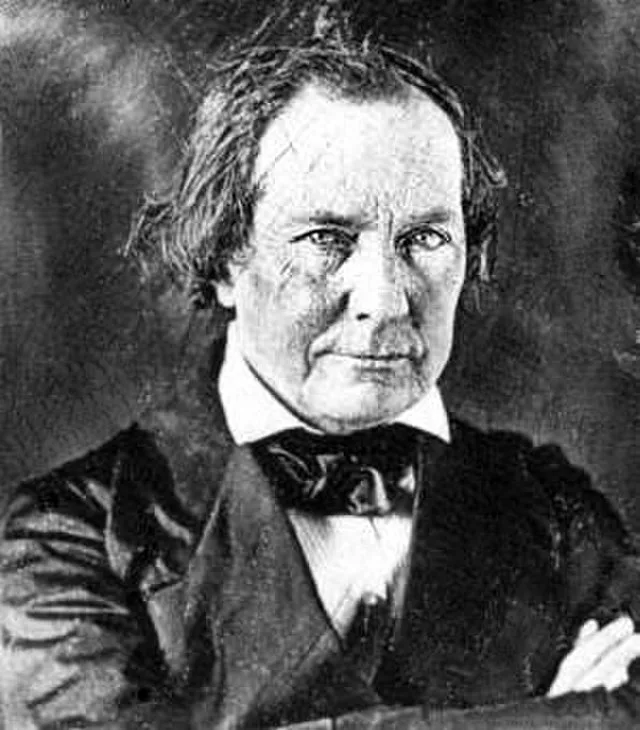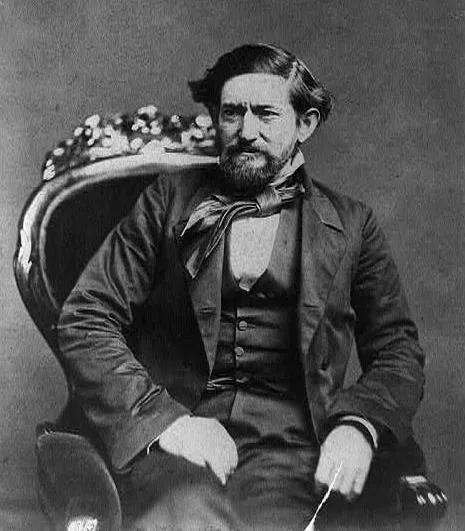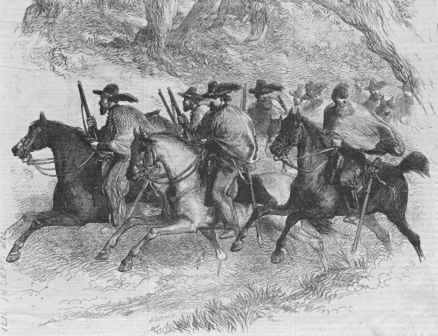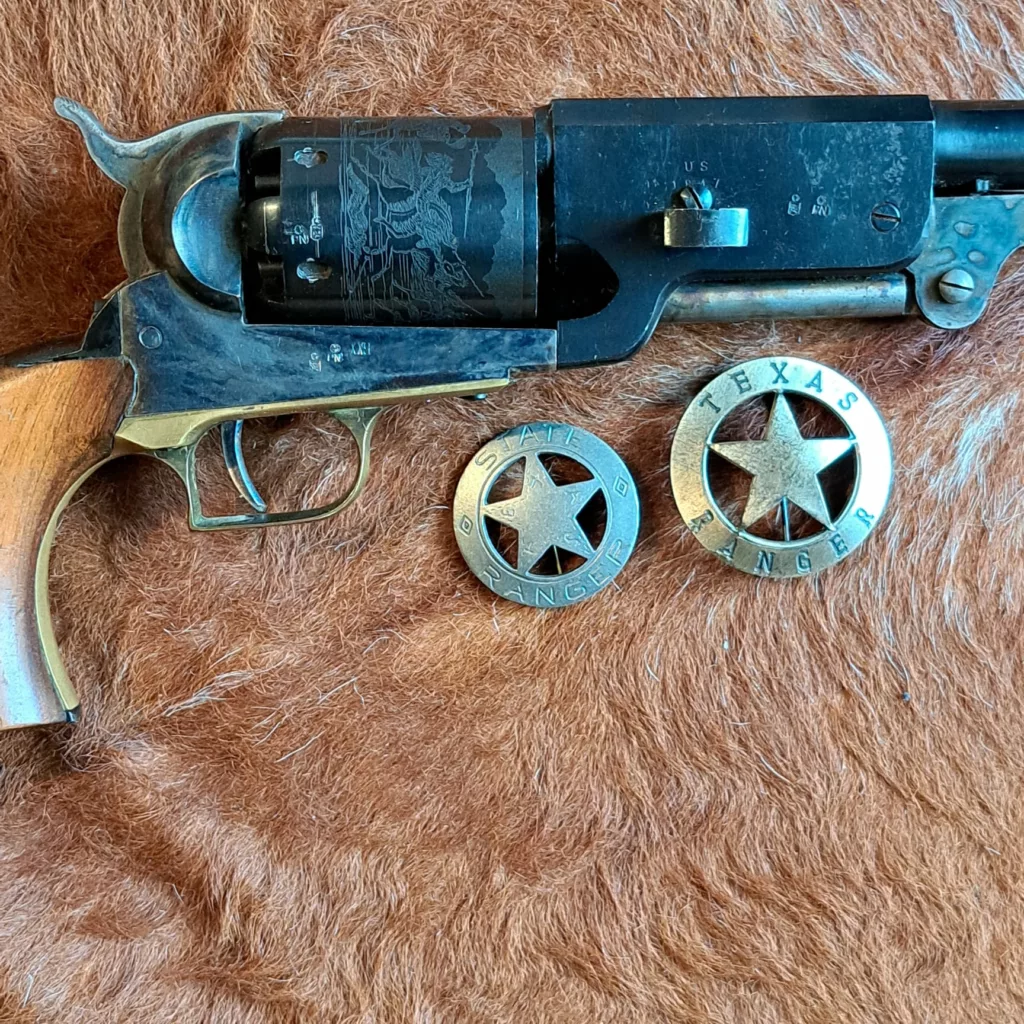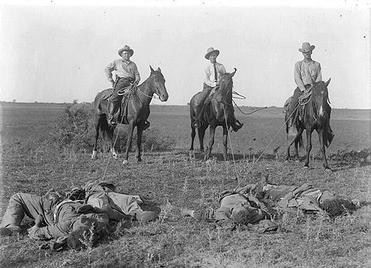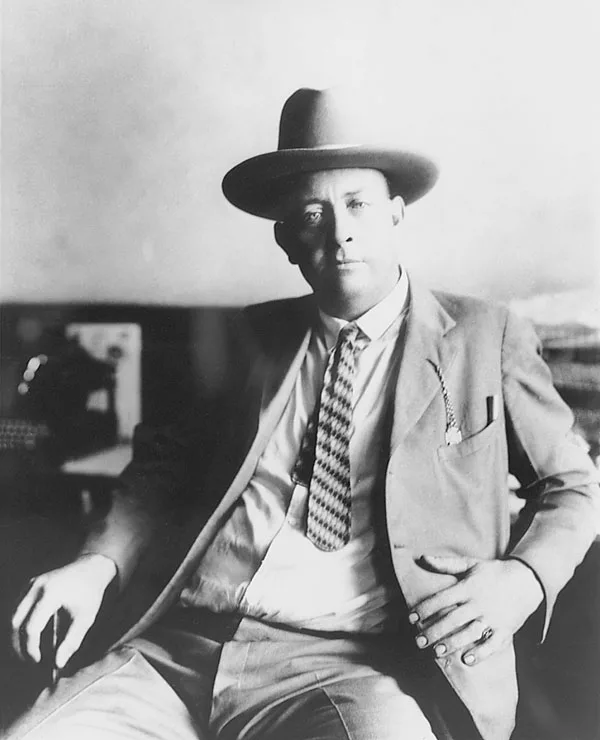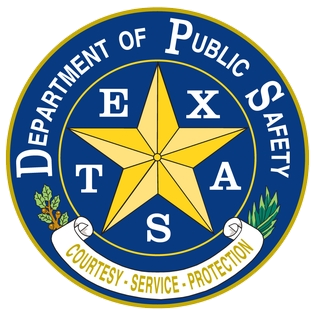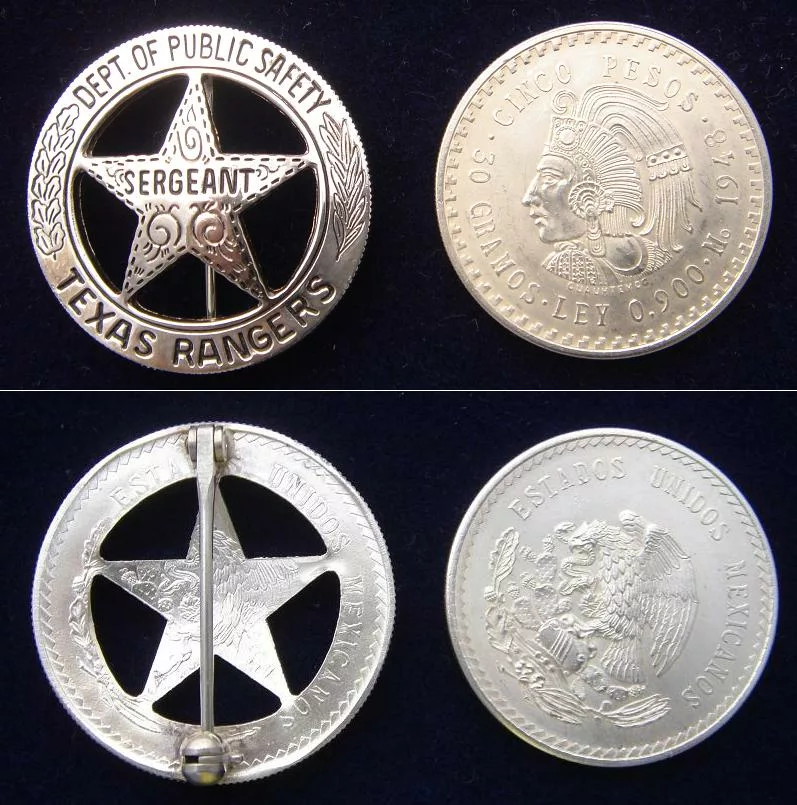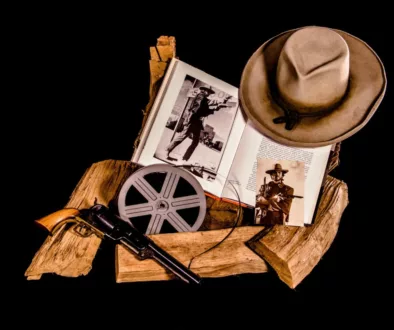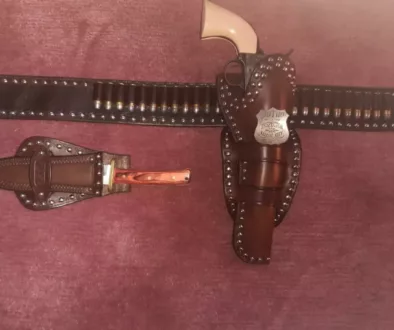History of the Texas Rangers
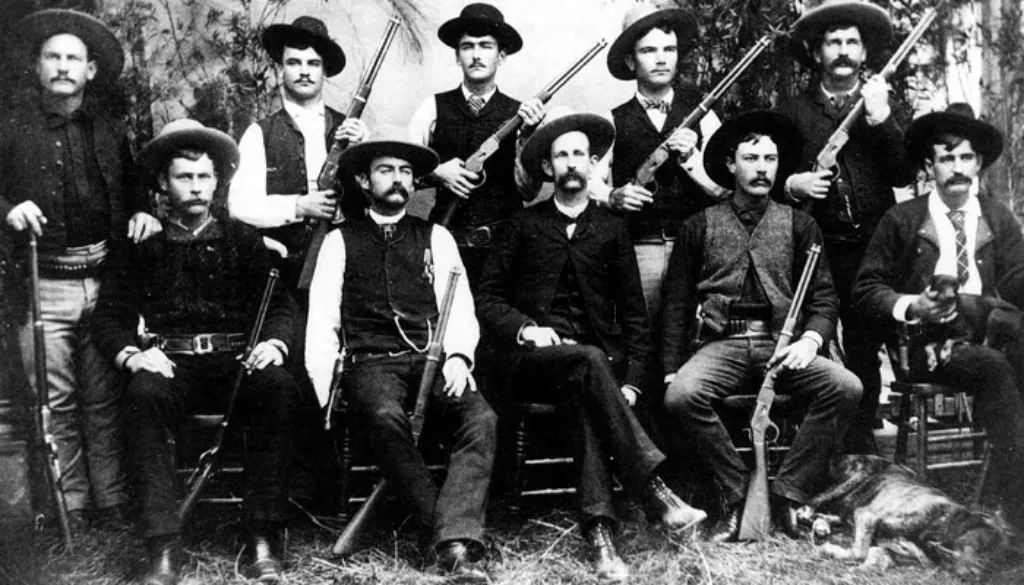
Reading time: approx. 8 minutes.
November 20 / 2023
200 Years of Texas Rangers: 1823-2023
The anniversary of a legendary unit
Like all areas on the far side of the frontier, the respective settlement boundaries in the west and south of America, Texas was a place of longing for many in the 19th century.
For Americans, as well as for immigrants.
An area free from state bureaucracy and paternalism by autocratic monarchs.
A country where you had the chance to create your own habitat and take your fate into your own hands.
Dietmar Kuegler writes in his book
The Texas Rangers:
The personification of this partly true, partly romanticized idea, which made Texas a main attraction for European immigrants for decades, was the Texas Ranger. The lone rider who resisted all dangers and was only committed to the freedom of his fellow citizens. Not a beadle of a tyrannical power, but a free man in a free land who, out of a common sense of duty, unerringly enforced the law, which was a free law that knew no classes. [...] We still dream of such noble shining lights of state executive power today.
— Dietmar Kügler, Verlag für Amerikanistik
The latter is probably true.
Are all other ideas about Texas and the Rangers myths?
The statement by Preston Smith, Texas governor from 1969 to 1973, that the Rangers were "a special breed of men" is certainly accurate.

The beginnings from 1823
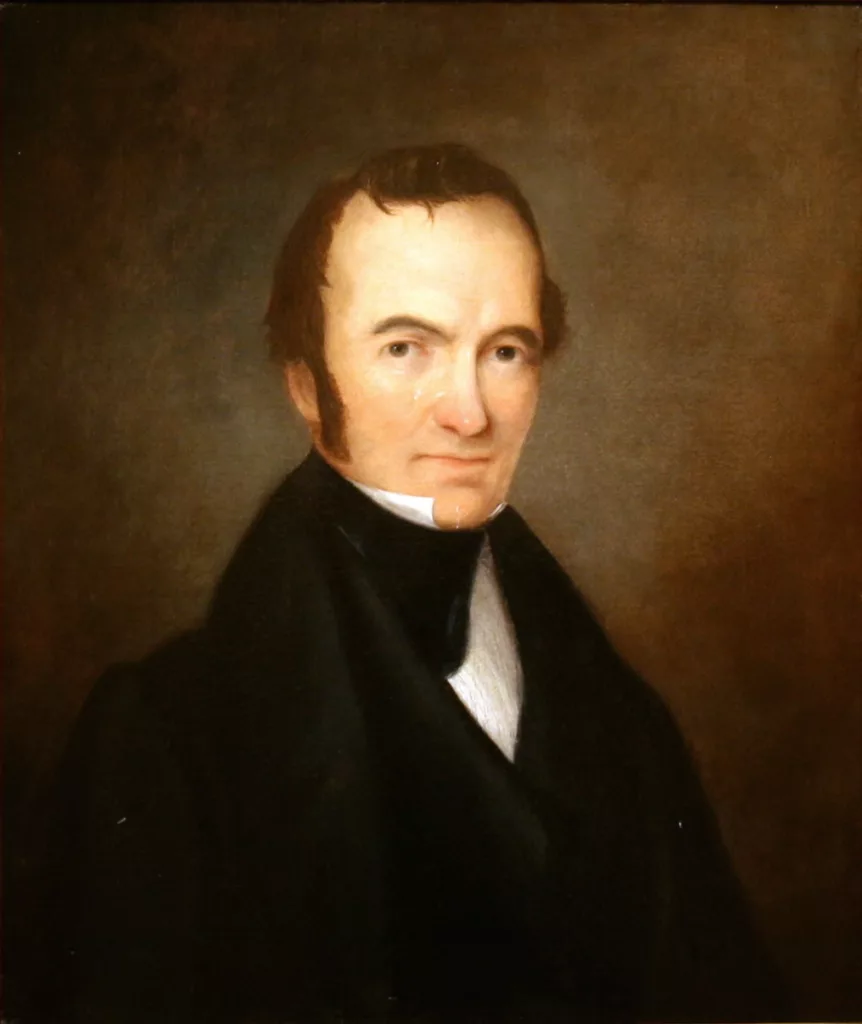
The unit, famous in both positive and negative ways, has its roots in a troop of 10 men recruited in 1823.
Their job was to protect around 700 American settlers in the former Mexican province of Tejas.
The initiator was Stephen Fuller Austin, who is regarded as the founder of this American settlement.
He recruited the settlers (who were viewed with suspicion by the Mexicans) and allocated them land from a contingent that the Spanish government had already made available.
After independence from Spain, the Mexican government entered into the settlers' treaty. Austin obtained the Mexicans' permission for his protectors in advance. According to legend, he paid them out of his own pocket. What is known for certain is that they earned $15 a month.
The men provided their own weapons - a muzzle-loading rifle, a single-shot pistol and a knife were common at the beginning - their horse and all other equipment. They did not wear uniforms, not even a badge at first.
It was enough to simply say:
“I’m a Texas Ranger”.
From a legal perspective, it was a citizen patrol. The formal constitution as a state organization dates back to 1835, with Major Robert McAlpin Williamson as the first commander. Detached from these formalities, the Texas Rangers see their founding date in 1823.
In addition to bandits of all ethnicities, their opponents were mainly Indians, especially the Comanche and Lipan Apache. They were not only vastly superior in numbers, but also in shooting power. A ranger had to dismount from his horse and while he was firing a shot with his muzzle-loading rifle, an enemy Indian had shot ten arrows from horseback - therefore highly agile.

Texas becomes a republic - 1836
In 1835, the number of members had risen to 25 men, who were organized into a company. The task continued to be the protection of the Americans against attacks by Indians and bandits.
After the Texas War of Independence and the separation from Mexico, the independent Republic of Texas existed from 1836 to 1845. Also known as the "Lone Star State" after the design of the flag.
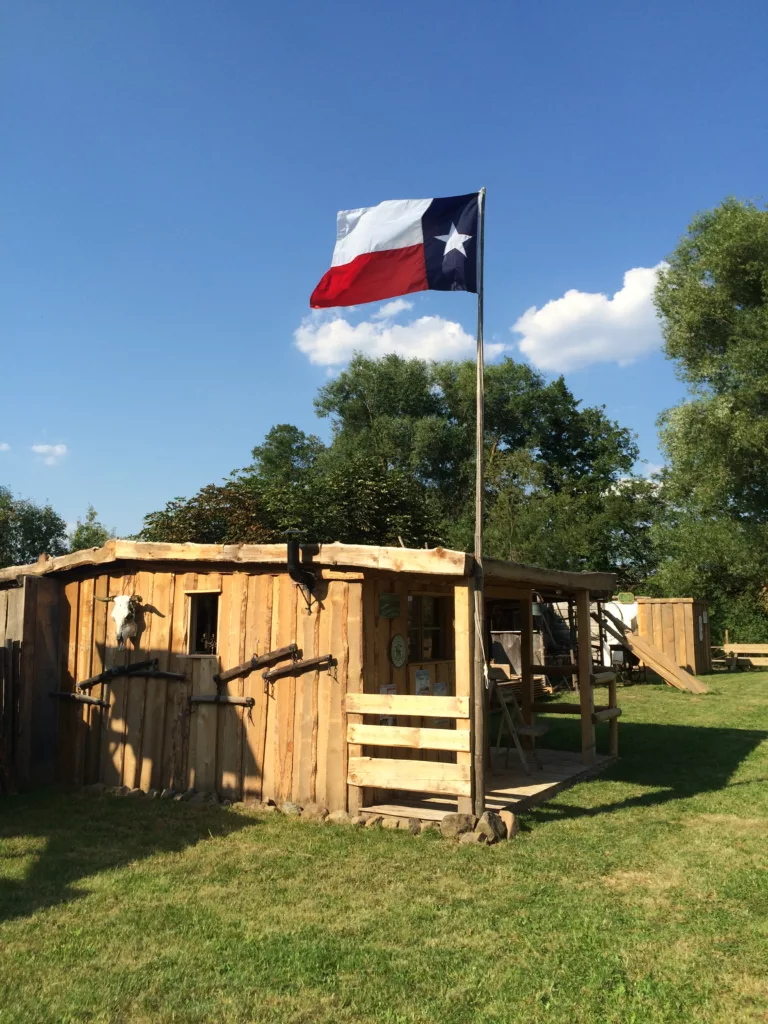
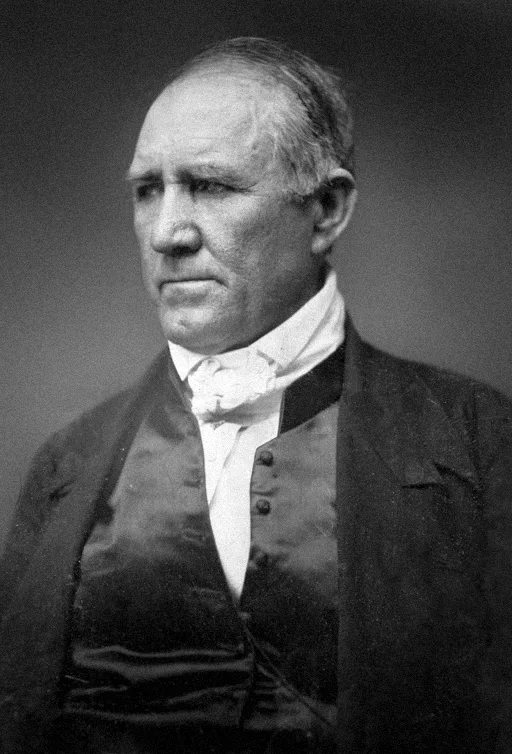
Sam Houston (1793-1863), victor in the decisive battle against Mexico at San Jacinto, was first president from 1836-1838, then again from 1841-1845, the year in which the Republic of Texas ended with its integration into the USA.
Until this time, the rangers were not permanently employed, but were called up for duty on a case-by-case basis.
At the end of 1836, Parliament decided to permanently employ the Rangers and establish fortified bases on the border with Mexico.
The number of personnel grew rapidly. In December 1836 there were 280 men, in June 1837 already 600.
At the turn of the year 1838/39, Sam Houston's successor took office as the second president of the Republic of Texas. Mirabeau Buonaparte Lamar (1798-1859, President from 1838-1841) was described as a tough fighter, defender of the white settlers and enemy of all Indians.
His program was: "The white man and the red man are not made to live together in peace. Nature forbids it".
Consequently, he began to reinforce the Rangers to 56 men. The men were contracted for three years and were to fight against the Cherokee and Comanche, who were allied with the Mexicans at the time.

The era of Jack Hays from 1840
In 1841, Sam Houston appointed a man as captain of the Texas Rangers who had come from Tennessee as a land surveyor.
In Texas he was in the army for a short time, then he rode as a scout for the militia.
John Coffee "Jack" Hays (1817-1883) was not only a victorious leader on missions.
Above all, he was the first to introduce structures into the ranger force.
And he introduced a weapon that had been little known in Texas until then:
The Colt Paterson revolver.
These revolvers had a five-shot cylinder and each Ranger was issued two. Although the weapons were hardly lethal (the largest caliber available was .34), the firepower was enormous for the time. The weapon also had a significant moral effect on the Indians. Samuel Colt was so impressed by the order that he gave the model the nickname "Texas".
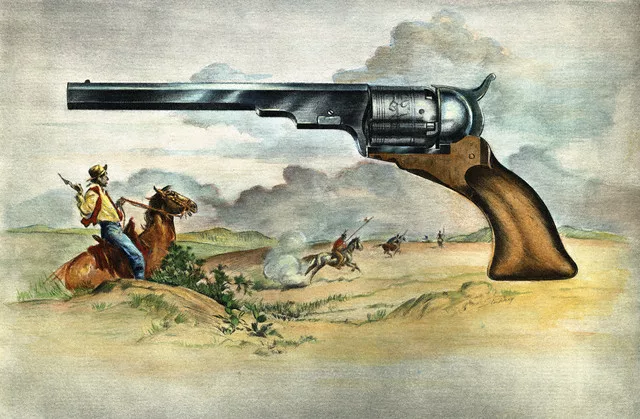
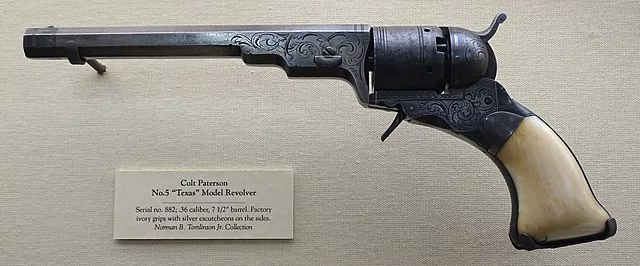
A further development took place together with another Texas Ranger, Captain Samuel H. Walker. Colt named the now six-shooter gun the Whitneyville (the place of manufacture) Walker revolver after him.
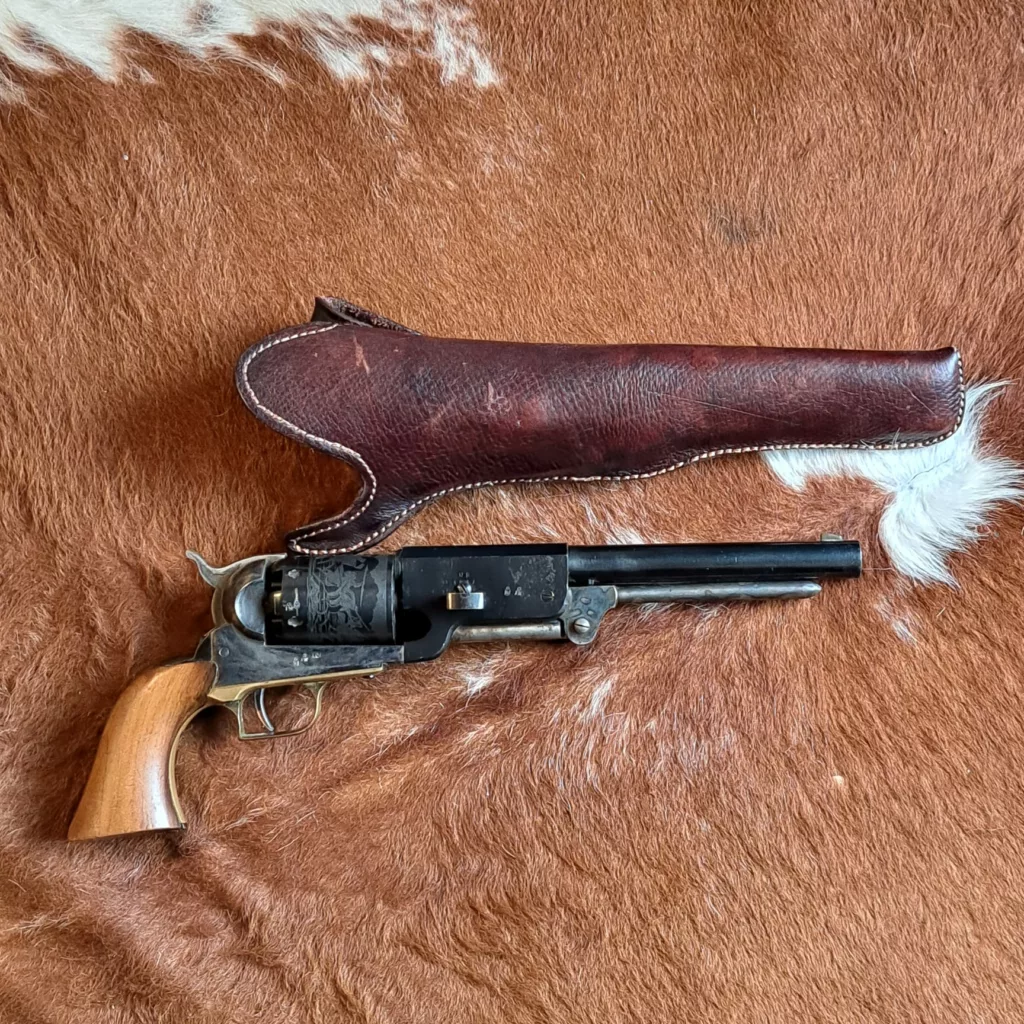
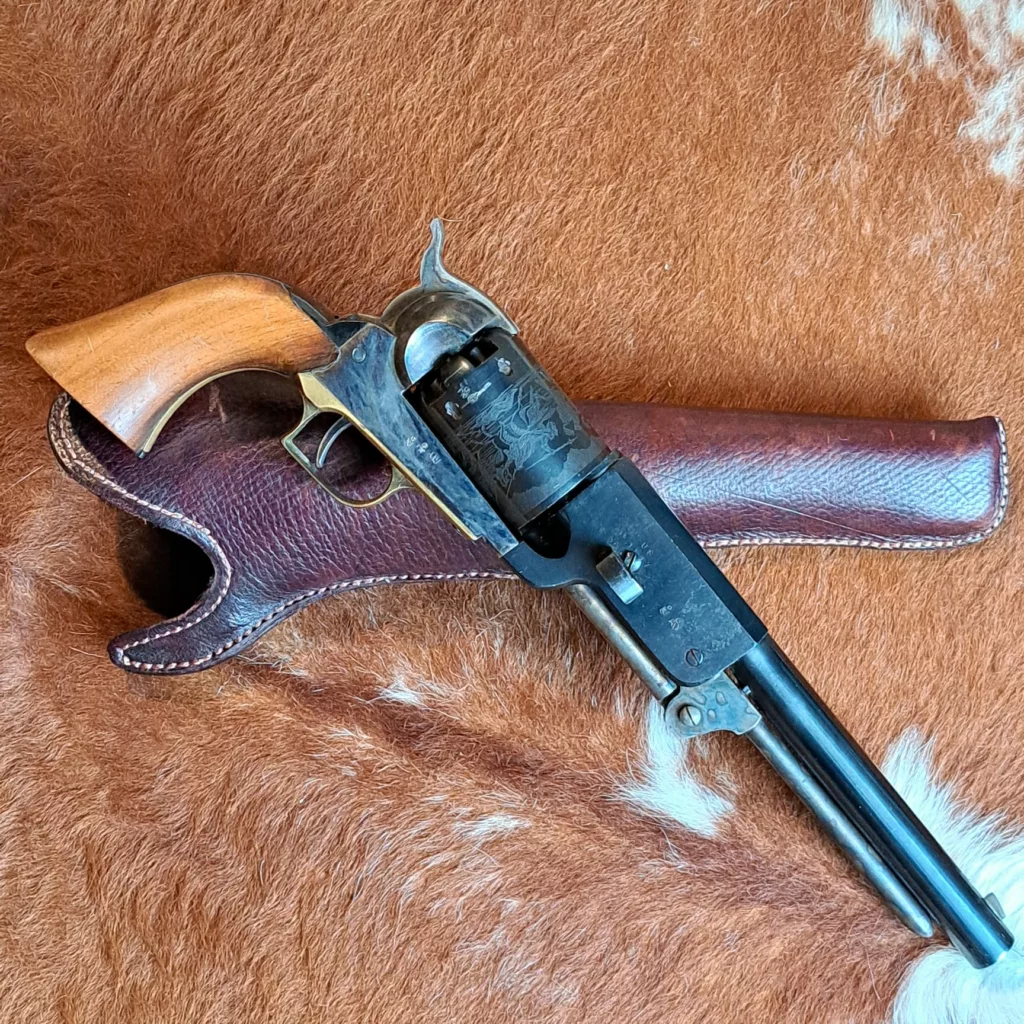
In the progression of history, the weaponry of the Texas Rangers has of course also constantly evolved.
In 1846, the USA began a war against Mexico under the command of General Zachery Taylor.
The Texas Rangers were integrated into his troops.
One legend says that they were the best unit in the American army; another refers to a statement by General Taylor complaining about the lack of discipline amongst the men.
In the troubled times after the Mexican War, many settlers relied upon the protection of the Rangers rather than the US Army.

The Civil War from 1861
During the Civil War, many Rangers joined the Confederate Army of the Southern States from 1861. For example, the 8th Texas Cavalry Regiment was known as Terry's Texas Rangers. As it's commonly known, the Confederate states lost the war, Texas was placed under northern administration and the Texas Rangers were temporarily disbanded.
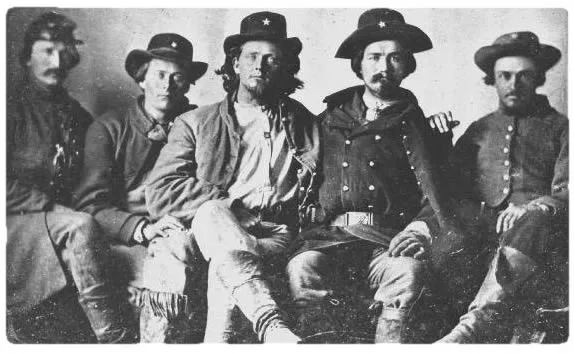
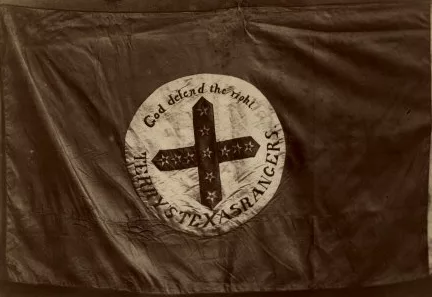

Reconstitution of the Texas Rangers in 1874
In 1874 Texas once again had its own government.
In the meantime, conditions had become so unsafe that the Texas Rangers were reactivated with a Frontier Battalion and a Special Force.
The battalion, with 6 companies of 75 men, was deployed throughout the country.
The Special Force worked in the border area with Mexico between the Rio Grande and the Nueces River.
In 1915, the crimes committed by ethnic Mexicans on the American-Mexican border escalated, as did the revenge actions of the American settlers.
Governor James Ferguson ordered a large force of Texas Rangers to restore order.
In order to be successful quickly, they executed over 300 "suspected Mexicans" without in-depth investigations or legal proceedings.

Texas Ranger Frank Hamer versus Bonnie and Clyde
The history of the Texas Rangers spans not only 200 years, but also everything from heroic deeds to those that make us wonder if they were really always noble lawmen.
Some heroic deeds glorified today were in truth shameful. And on the other hand, some still romanticize criminals who were killed by the Texas Rangers.
The best examples are the robbers Clyde Barrow and Bonnie Parker.
There are songs and films about "Bonnie and Clyde" that support this popular myth.
By the time they were shot dead in their stolen car by Texas Rangers led by Francis Augustus "Frank" Hamer on May 23, 1934, they had committed 12 bank robberies and 14 murders (including 9 of police officers), leaving a long trail of blood across the Midwest.
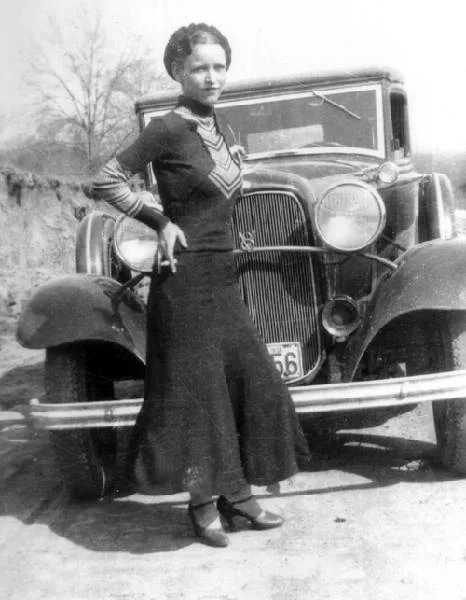
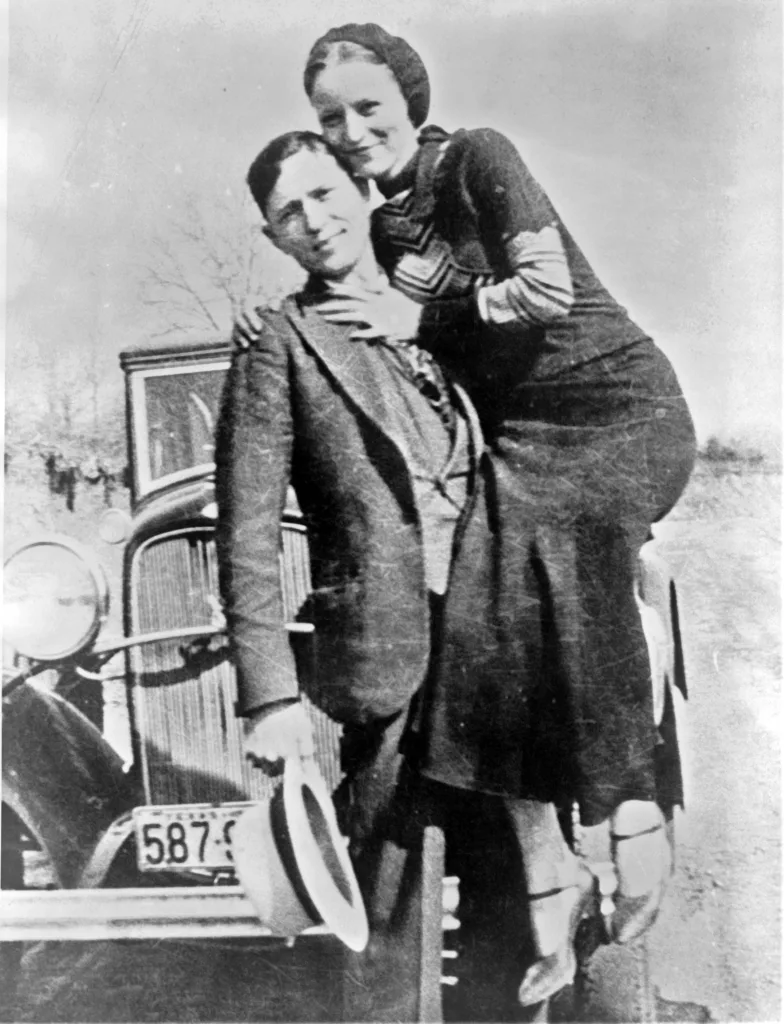
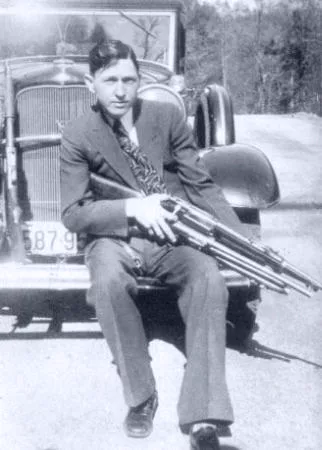

The modern era of the Texas Rangers begins in 1935
The Texas Rangers have been part of the Department of Public Safety since 1935.
Within this state authority, they take on investigative tasks comparable to those of the German criminal investigation department.
The uniformed state troopers in Texas are the "Texas Highway Patrol".
Both work alongside the local police authorities of the counties and cities and alongside the federal police.
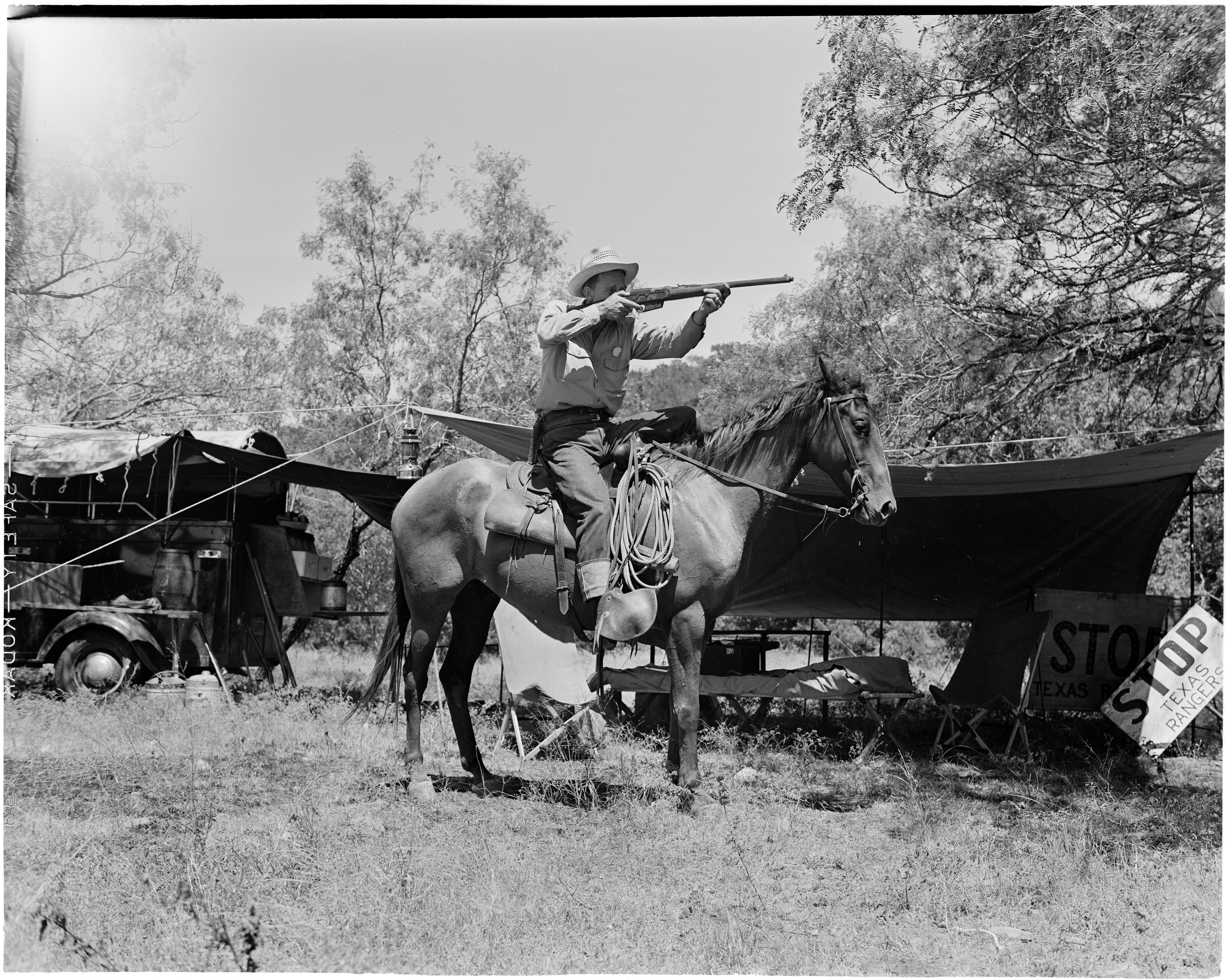
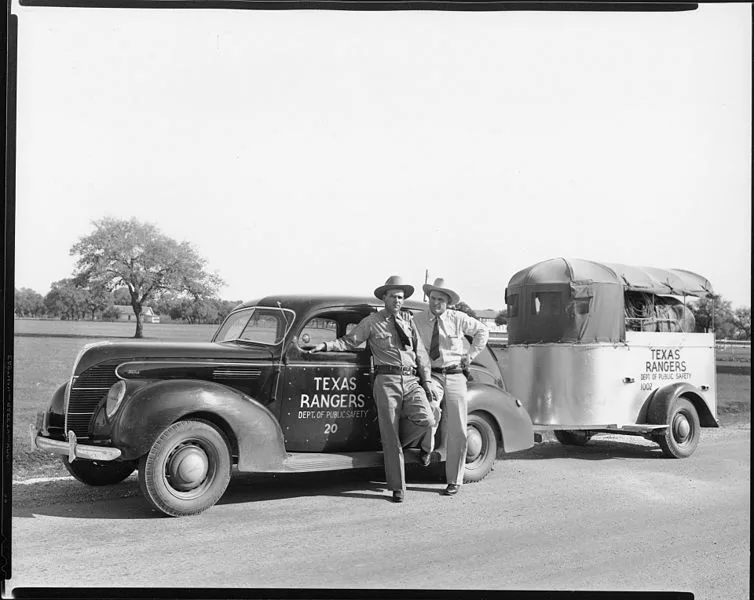
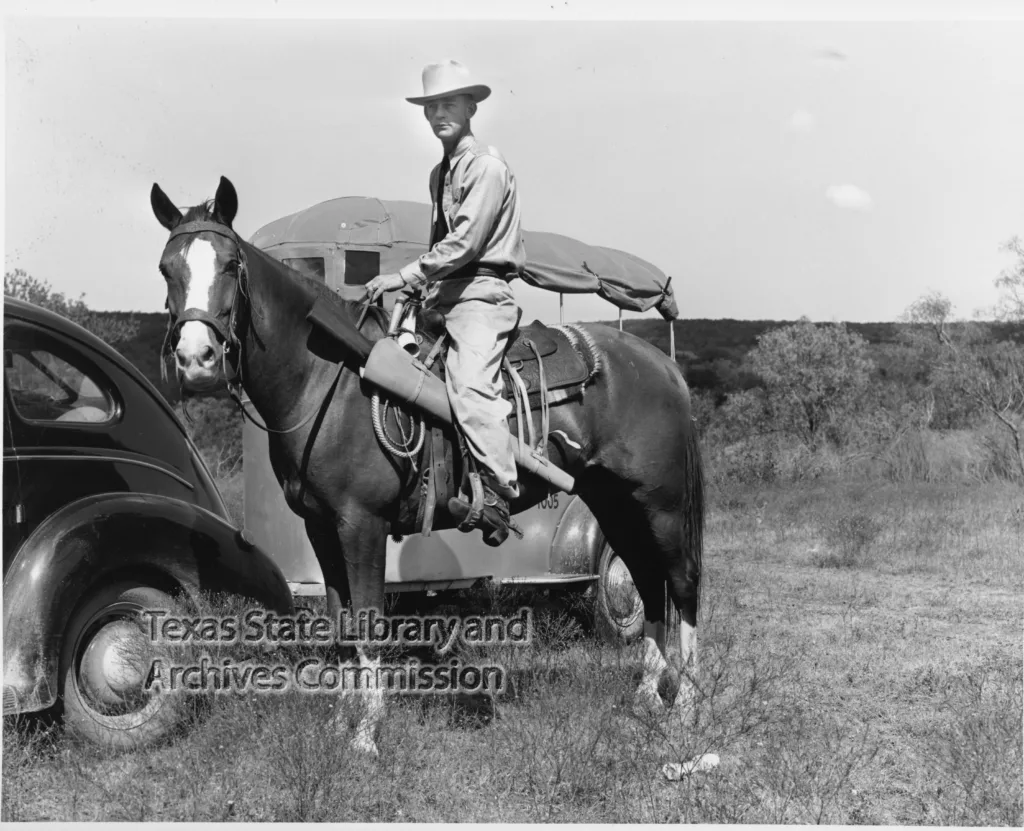
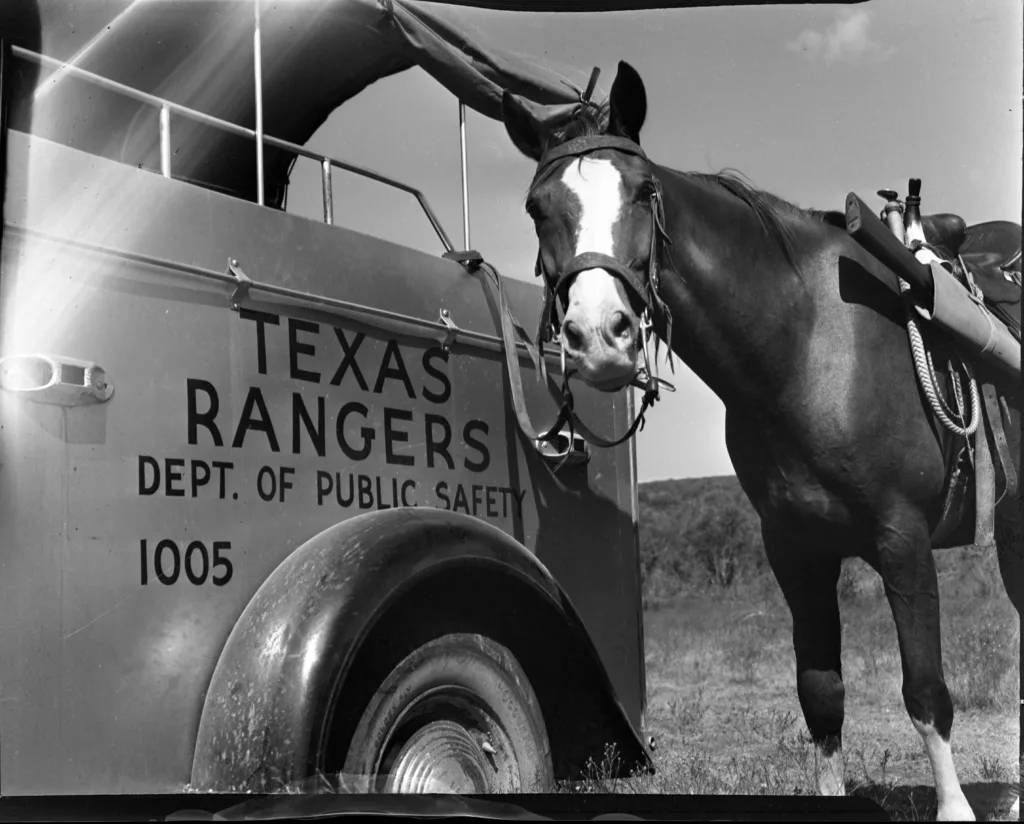

The Texas Rangers today
Today, around 180 rangers work in companies A-F.
The men and now also the women still wear white hats, boots and a gun belt around their waists.
In fact, horses are still in use alongside the emergency vehicles.
In the prairie regions of Texas, they are superior to any off-road vehicle.
Today's rangers have a college or university degree, use modern communication tools and state-of-the-art analysis methods.

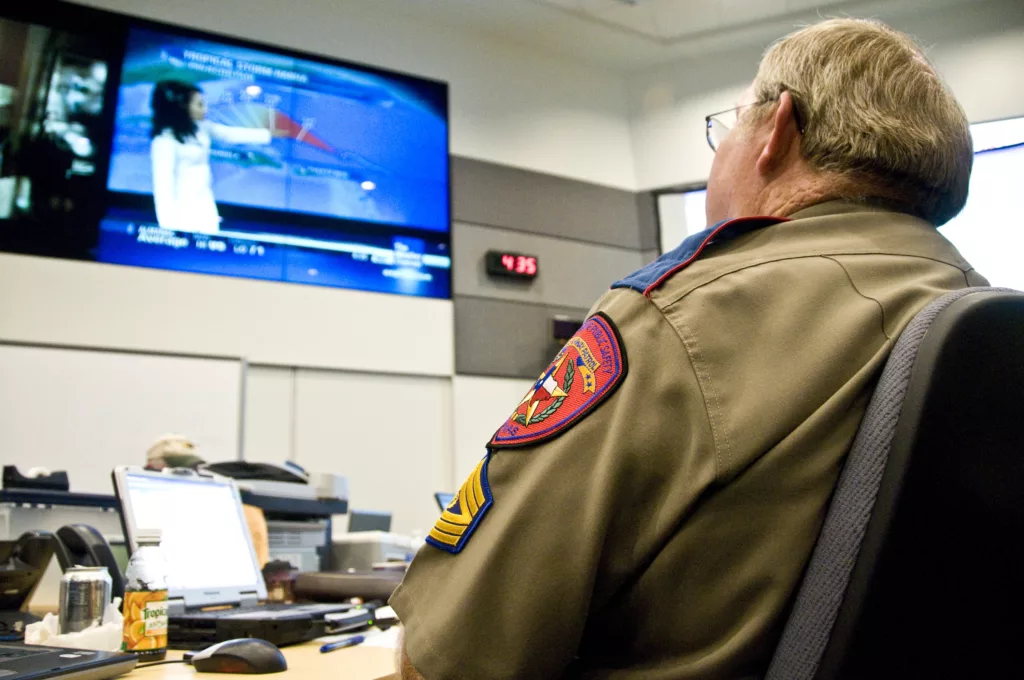
The headquarters of the six companies are in Houston, (A) Garland (B), Lubbock (C), Weslaco (D), El Paso (E) and Waco/San Antonio (F). The central administration is located in Austin.
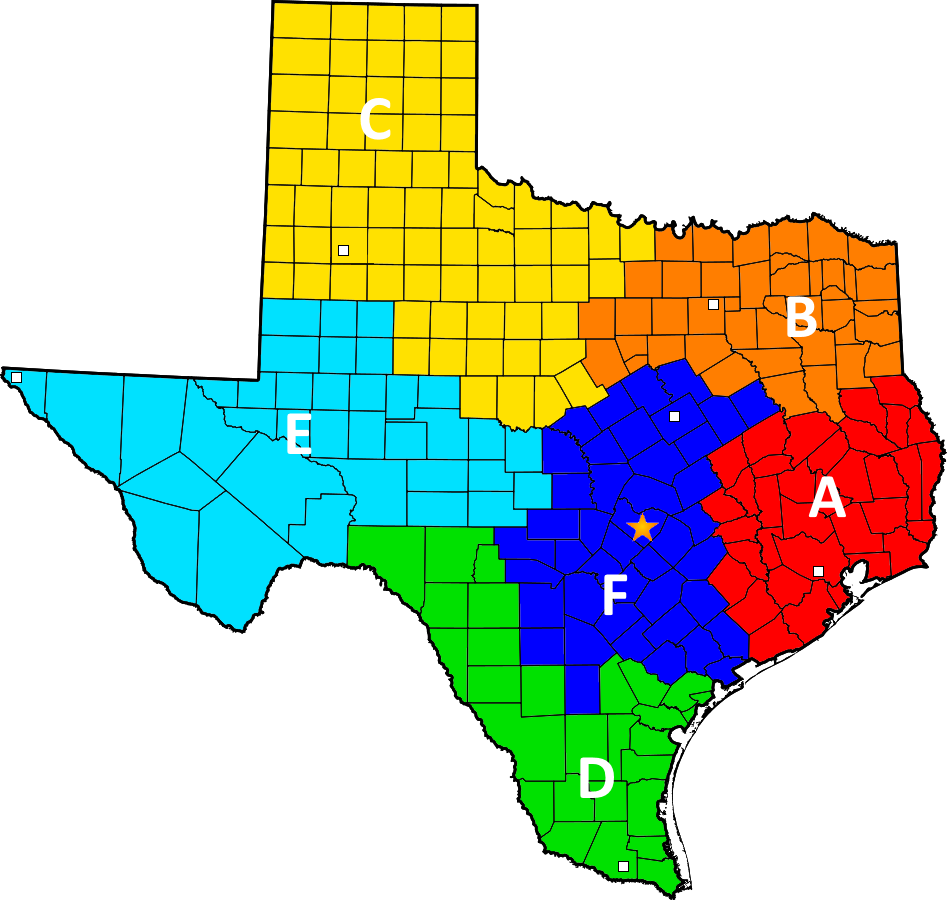
If you're in the area, visit the Texas Ranger Hall of Fame and Museum in Waco, Texas.
Wolf H. Reblin – Beaver Creek Pioneer
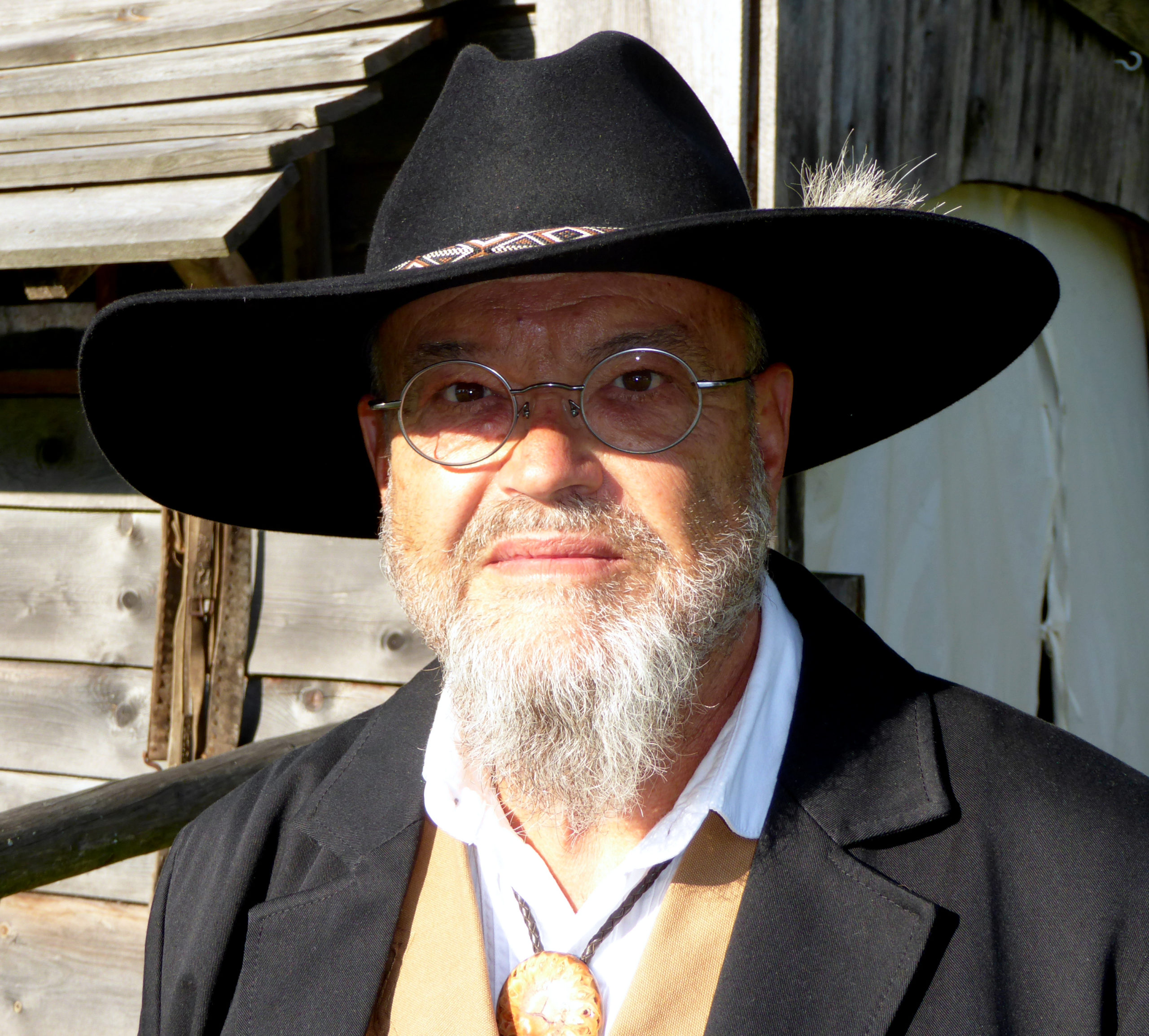
About the author
Wolfgang Horst Reblinsky
a.k.a.
Mr. Wolf H. Reblin, Esq., Arizona Justice of the Peace
For many years, he has been working on the history of American colonization as well as the period between 1920 and 1980.
He has also published articles in the Magazin für Amerikanistik and in Gasoline-Magazine.
Here in the Beaver Creek Pioneer, he actively writes on exciting topics related to the "Old West".
He practices his historical representation as a justice of the peace in the Arizona Territory circa 1870 as Wolf H. Reblin along with his wife Eliza B. (Holl) Reblin.

